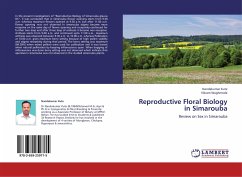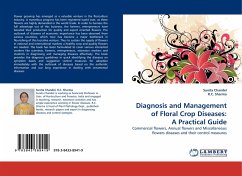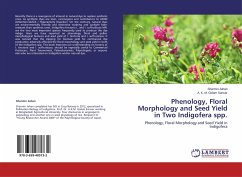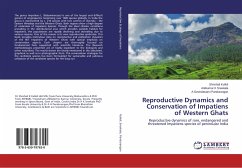
Reproductive Floral Biology in Simarouba
Review on Sex in Simarouba
Versandkostenfrei!
Versandfertig in 6-10 Tagen
32,99 €
inkl. MwSt.

PAYBACK Punkte
16 °P sammeln!
In the present investigations of Reproductive Biology of Simarouba glauca DC . it was concluded that in Simarouba flower opening starts from 9.00 a.m. whereas maximum flowers opened at 9.30 a.m. but after 11.00 a.m. flower opening was not observed. In simarouba stigma became more receptive on the same day of flower opening and receptivity continued for further two days and after three days of anthesis it became non-receptive. Anthesis starts from 9.00 a.m. and continued upto 11.00 a.m., maximum anthesis was observed between 9.30 a.m. to 10.00 a.m. whereas Pollination at 10.00 a.m. gives maximu...
In the present investigations of Reproductive Biology of Simarouba glauca DC . it was concluded that in Simarouba flower opening starts from 9.00 a.m. whereas maximum flowers opened at 9.30 a.m. but after 11.00 a.m. flower opening was not observed. In simarouba stigma became more receptive on the same day of flower opening and receptivity continued for further two days and after three days of anthesis it became non-receptive. Anthesis starts from 9.00 a.m. and continued upto 11.00 a.m., maximum anthesis was observed between 9.30 a.m. to 10.00 a.m. whereas Pollination at 10.00 a.m. gives maximum berry setting because of high pollen viability and stigma receptivity during that period. The berry setting was maximum (84.28%) when mixed pollens were used for pollination and it was lowest when natural pollination by keeping inflorescence open. When bagging of inflorescence was done berry setting was not observed which indicate that apomixis in simarouba was not observed in the studied simarouba plants.












